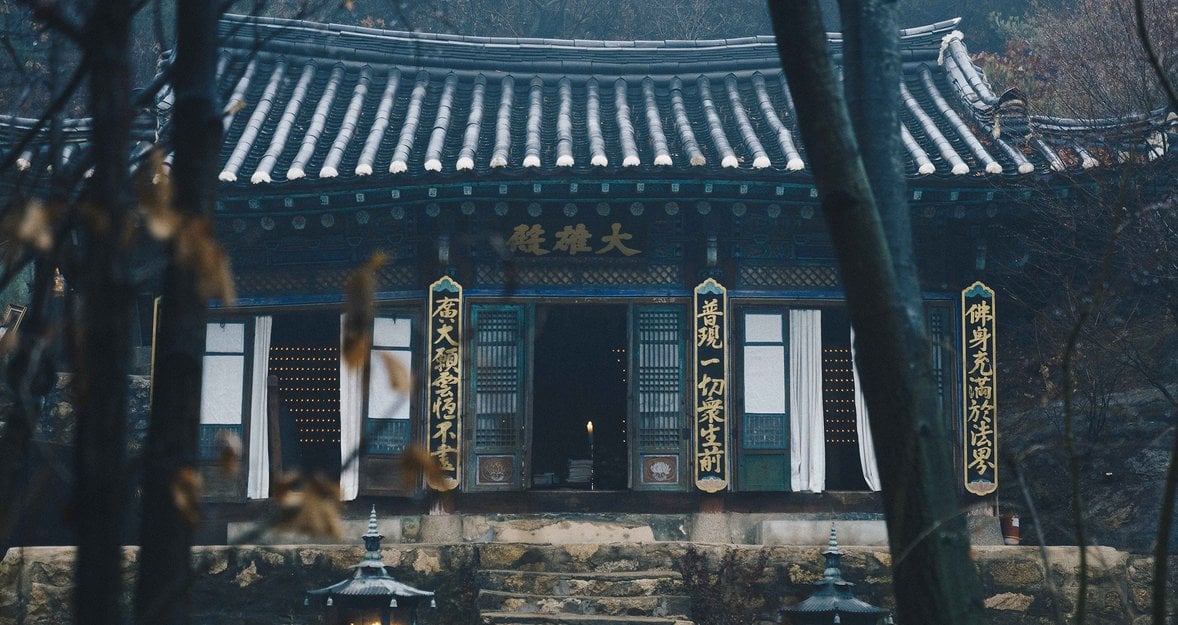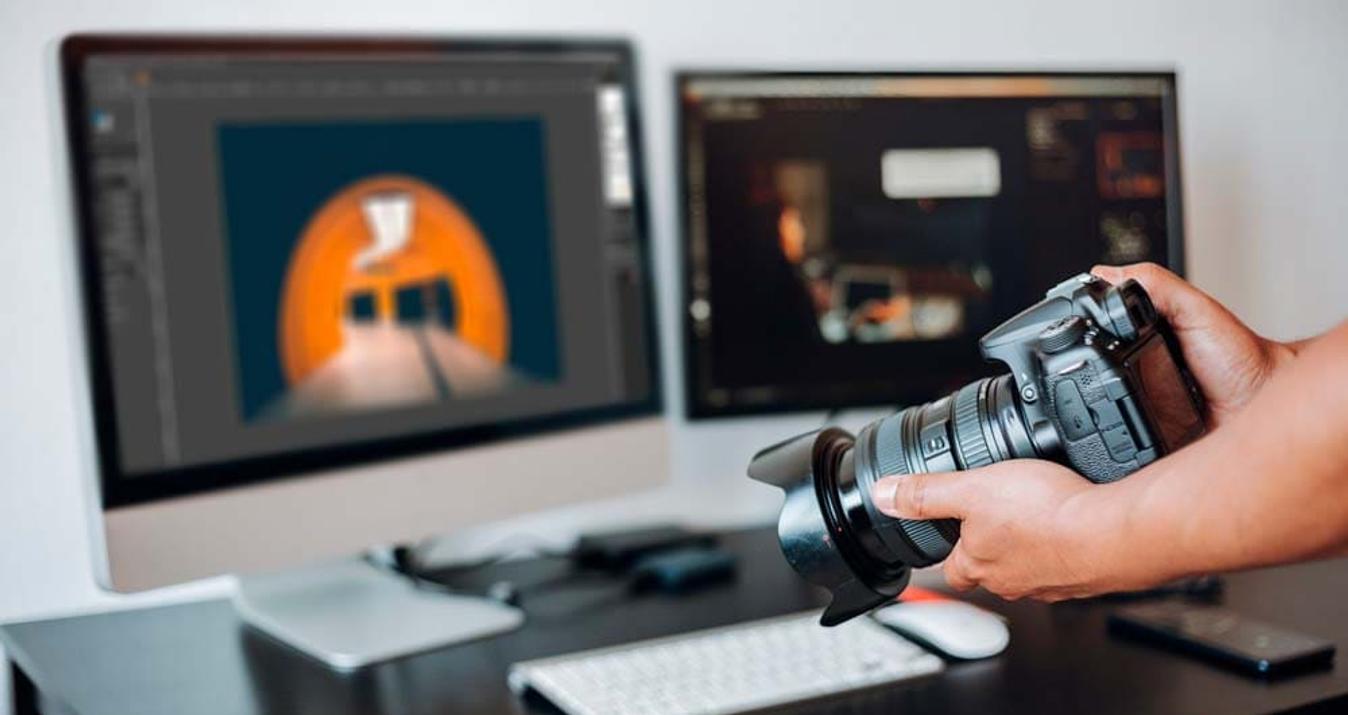Master Temple Photography: Tips for Stunning Shots
July 16, 2024

Explore the cultural significance of temples through stunning photography. Discover the art, history, and stories behind these architectural wonders.
The peaceful and serene temples found around the world offer great insight into the culture and history of a place. Ancient temples, whether with creaking wooden frames or sturdy stone structures, provide photographers with opportunities to capture beautiful images. These can range from breathtaking wide-angle shots to more intimate compositions that highlight intricate details.
The craftsmanship that has gone into the development of these buildings is often a marvel, making temples particularly alluring. Not to mention the ornamental aspects, including murals and effigies, which add to their charm. Temples, wherever you find them in the world, are a must-see. If your travel plans include a visit to a temple this season, this guide will help you make the most out of your memorable visit.
Advanced yet easy-to-use photo editor
Get Luminar Neo NowEssential Equipment
 Before we jump into creative ideas and composition techniques for photographing temples, let’s ensure your camera bag is packed with everything you need for a successful shoot.
Before we jump into creative ideas and composition techniques for photographing temples, let’s ensure your camera bag is packed with everything you need for a successful shoot.
- Wide-Angle Lens: Temples can range from grand structures to tiny buildings hidden away on a mountainside. A wide-angle lens is essential for capturing larger temples in all their glory and showcasing smaller temples alongside their surroundings, which may include stunning views.
- Telephoto Lens: For capturing the finer details of temples, a telephoto lens is invaluable. It allows you to get closer to intricate parts of the temple, such as the rooftops and ceilings, which are often out of reach. Some areas may be cordoned off but still open for photos; a telephoto lens lets you zoom in on these inaccessible areas.
- Tripod: This piece of equipment is optional, as it’s often best to walk and shoot freely around temples without a tripod, which may get in the way of others. However, for certain creative concepts, such as long-exposure shots, a tripod becomes essential.
With versatile lenses packed away, you will be able to achieve all the shots you wish to capture on your trip. Ample storage space is also recommended, as it’s surprising how many photos you’ll end up taking to capture every view, corner, roof, and fine detail of your temple visit.
The Unique Beauty of Temple Photography
 When photographing a temple, you are not simply capturing a place of worship. Temples hold immense cultural significance in the countries where they are found. Beyond religion and history, temples are also forms of artistic expression. The architecture, craftsmanship, and decoration of temples are all art forms in their own right. Stories of the religion are often told through murals, statues, or carvings.
When photographing a temple, you are not simply capturing a place of worship. Temples hold immense cultural significance in the countries where they are found. Beyond religion and history, temples are also forms of artistic expression. The architecture, craftsmanship, and decoration of temples are all art forms in their own right. Stories of the religion are often told through murals, statues, or carvings.
Buddhist temples across Asia, for instance, are distinct, with each country incorporating its own architectural style into the structures. The materials used also distinguish them. For example, Indonesia’s Borobudur Temple is made of stone, whereas in South Korea, they are typically wooden structures.
Whether you are capturing the temple as a whole or focusing on intricate details, take your time to consider the unique aspects that set this particular temple apart from others of the same religion in different countries.
Capturing Grand Architecture
 Some temples are large and offer beautiful backdrops for you to capture. Temples are often situated in natural environments, so alongside capturing them, you may also be doing a form of landscape photography. Consider visiting the temples early in the morning or later in the day during golden hour. Photographing the temples in warm light will create a dreamlike mood and enhance the beauty of these buildings.
Some temples are large and offer beautiful backdrops for you to capture. Temples are often situated in natural environments, so alongside capturing them, you may also be doing a form of landscape photography. Consider visiting the temples early in the morning or later in the day during golden hour. Photographing the temples in warm light will create a dreamlike mood and enhance the beauty of these buildings.
Large temples such as Angkor Wat in Cambodia, the Karnak Temple Complex in Egypt, or the Parthenon in Greece will require you to step far back to capture the scale of these structures. Here are some ideas for you to consider when shooting such places:
1. Sunset
As mentioned previously, golden hour will enhance the beauty of the temple and make for stunning images. Aim for good weather conditions if possible. However, if you’re not so lucky with capturing a good sunset shot, consider using the Sky Replacement or the Twilight Enhancer tools in Luminar Neo.
2. Star Trails and Astrophotography
Earlier, we mentioned that you may want to consider packing a tripod, and this is the reason why. Some temples are in remote areas, offering you an amazing opportunity to capture a clear night sky unobstructed by light pollution. Setting up your camera on a tripod will enable you to capture the beauty of the night sky and the silhouette of the temple against it. Moreover, sometimes temples are dimly lit at night, so you may be lucky enough to capture details of the temple alongside the night sky.
3. Reflection Shots
If there are lakes or other water bodies nearby, consider lining up your shot for a mirrored image of the temple. This can be an effective shot that golden hour lighting conditions could further enhance.
4. Human Element
Showcase the scale of the temple by adding a human element to your image to provide context for your viewer. Capture candid moments to add life to your shots and an additional layer of interest.
5. Panoramic Shots
If the temple is very large and a single shot can’t encompass the whole area, or if you wish to capture more of the surroundings, a panoramic shot would be perfect. This is also where a tripod will come in handy, and most modern cameras have a panoramic mode built in.
Enjoy the beauty of the temple and the surrounding environment with wide-angle or even panoramic shots. Such monumental architecture deserves beautiful lighting, so ensure you visit during golden hour to get the most out of your shot. A quick tip: you may have better luck early in the morning when fewer people are around, as crowds of visitors may be present towards the end of the day, potentially spoiling your image.
Capturing Intimate Details
 A temple is full of intricacies and nuances that can be hard to spot on your first walk around. When visiting a temple, it is often a good idea to take a few laps to ensure you’ve managed to find everything. This is part of the beauty and fun of temple photography, and in doing so, your appreciation of the craftsmanship will keep on growing. Here are some things to keep an eye out for and some creative approaches for your shoot.
A temple is full of intricacies and nuances that can be hard to spot on your first walk around. When visiting a temple, it is often a good idea to take a few laps to ensure you’ve managed to find everything. This is part of the beauty and fun of temple photography, and in doing so, your appreciation of the craftsmanship will keep on growing. Here are some things to keep an eye out for and some creative approaches for your shoot.
1. Handiwork
The smaller architectural details are what give a place its character, and that’s certainly true for temples. Examine all aspects of the building, from the foundations to the roofs, and use a telephoto lens to document these details.
2. Light and Shadow
Temples often have interesting corridors and windows that can create beautiful light and shadow play. This can be captured throughout the day, but ensure there is bright sunshine for a strong contrast between light and shadow. You can also use shadows to frame illuminated details in your composition, drawing the eye naturally toward your intended subject.
3. Patterns and Symmetry
You will notice patterns around the temple, either through painting, artwork, or carvings, which can make for some eye-catching work. Be on the lookout for symmetry in the rooms you visit or around the exterior of the temple.
4. Cultural Artifacts and Offerings
People visiting the temple for worship may make religious offerings that are fascinating to document. In Buddhist temples, you will see worshippers lighting incense sticks and offering food items.
5. Human Interaction
The human element of temples is always captivating. Whether it be religious figures, worshippers, or people visiting the temple, a human element always adds a layer of interest to your image. You can find many frames within a temple, from windows to doors, that can further enhance your composition when capturing human interaction.
In addition to all the beautiful sights, consider capturing the wear and tear of the temple to showcase its age and offer a glimpse into its history. This also adds character to your shot. From the textures to the carefully crafted murals, carvings, and effigies, there is so much to capture when stepping inside a temple. Be sure to look for frames and leading lines within the interior to further enhance your shots.
The Bottom Line
 Some temples are hundreds, if not thousands, of years old. Göbekli Tepe in Turkey is thought to be around 11,000 to 12,000 years old and is considered the world’s oldest temple. While that particular temple is understandably nowhere near its original condition, there are plenty of temples around the world that have stood the test of time and remain structurally sound enough for you to explore and capture history within their walls.
Some temples are hundreds, if not thousands, of years old. Göbekli Tepe in Turkey is thought to be around 11,000 to 12,000 years old and is considered the world’s oldest temple. While that particular temple is understandably nowhere near its original condition, there are plenty of temples around the world that have stood the test of time and remain structurally sound enough for you to explore and capture history within their walls.
In doing so, you are not just exploring a place of worship, but immersing yourself in a culture expressed through religion, architecture, and art. The craftsmanship of temples is what keeps visitors flocking all year round to witness the dedication taken to build these impressive places. As photographers, we can capture those details up close or from afar.
Be sure to bring a telephoto lens to zoom in on the intricacies and a wide-angle lens to capture the scale. Aim for good lighting, such as during golden hour, to enhance the beauty of the temple. Above all, be curious and capture everything that catches your eye—you’re going to love the results.






